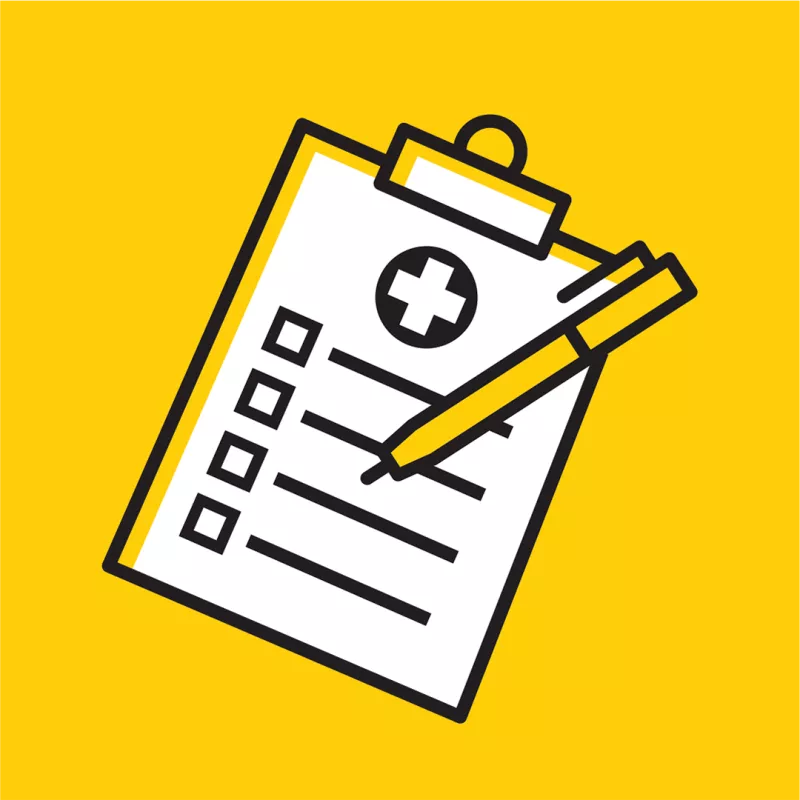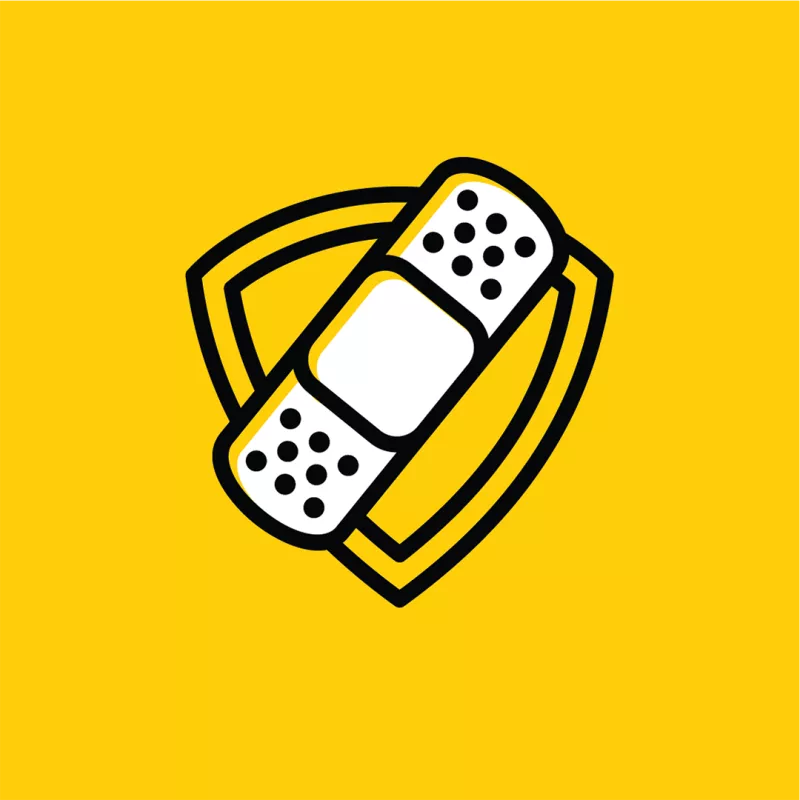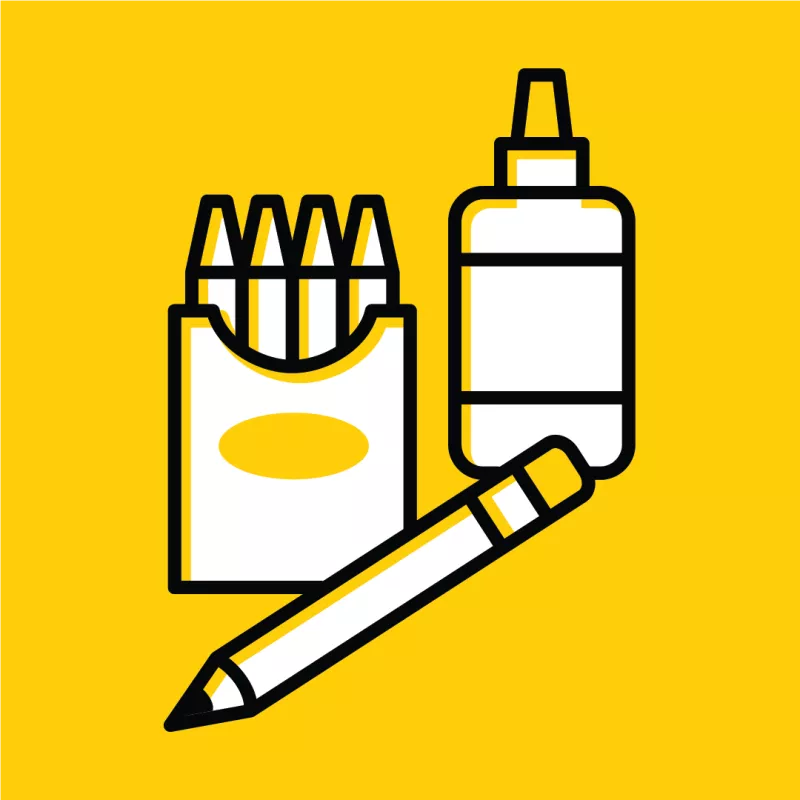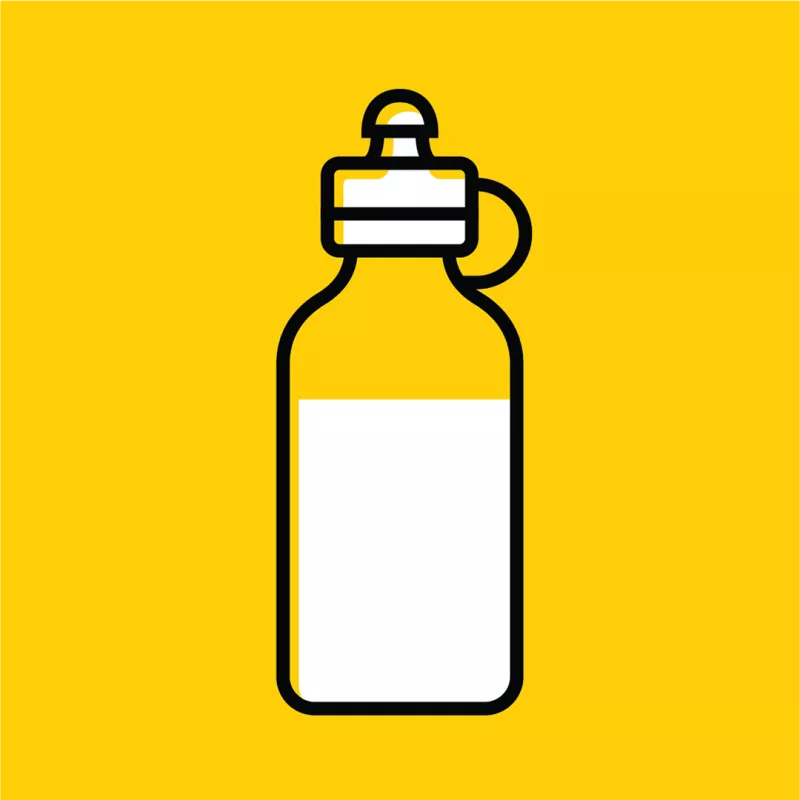Your back-to-school season checklist
August traditionally signals the end of summer and the start of a new school year. Which means it's time to think about school supplies and how you can help your child succeed in the classroom.

Schedule an annual physical
The start of a school year is a good way to remember when you’re child should receive their annual physical. If your child is involved in sports, you already know that a yearly physical is required. But even if they’re not, having your child undergo an annual physical is a great way to keep them in great health.
Physicals are also a great way to stay up to date on vaccinations.

Stay up to date on your child’s vaccinations
The pandemic has delayed many routine vaccinations for children, so it’s good to check with your child’s pediatrician to be sure their up-to-date on all vaccinations before the start of the school year. Children ages 6 months and older are now able to receive a COVID-19 vaccine, with some age groups eligible to receive a booster.
Getting vaccinated against COVID-19 is the best way to ensure your child’s immune response remains strong and your family remains protected from the virus.

Stock up on supplies
In addition to the standard school supplies like pencils, notebooks, and folders, don’t forget to add face masks and hand sanitizer to your shopping list. Tip: It's a good idea to have your children apply hand sanitizer before and after eating and after recess (and have them wash their hands when they get home from school).

Remember to stay hydrated
Make sure your child has a water bottle (and remind them to actually use it). Find ways to make drinking water fun by using a funky straw, water bottle, or ice cubes to entice your children to hydrate more.
Even though school is in session, summer temps can linger into the fall. Water helps keep your child hydrated and focused in class.

Keep an eye out for COVID-19 symptoms
Keep an eye out for symptoms of COVID-19. The most common symptoms include:
- Fever of 100.0 F or greater
- New/worsening sore throat
- New/worsening cough
- Shortness of breath
- New/worsening congestion
- Fatigue
- Headache
- Loss of taste and/or smell
- New/worsening GI symptoms
Some of these symptoms can be associated with other illnesses such as respiratory syncytial virus (RSV) or the flu. To find out your best next steps for testing, use the MyChart self-checker.